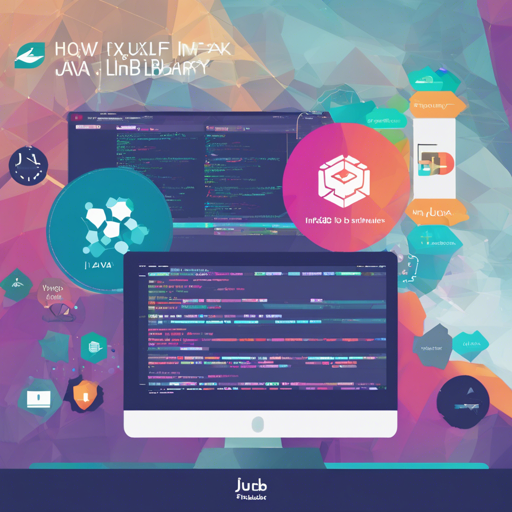Welcome to your comprehensive guide on using the Java client library for InfluxDB 2.x! Whether you’re looking to query data or manage your InfluxDB instances, this user-friendly tutorial will walk you through the steps. Let’s dive in!
Table of Contents
Features
The InfluxDB Java client library has an array of fantastic features:
- Querying data using the Flux language.
- Writing data using Line Protocol, Data Point, and POJO.
- Management APIs to manage sources, buckets, tasks, and authorizations.
Clients
Several clients are implemented for InfluxDB 2.x:
- Java Client: The reference Java client allowing queries, writes, and management.
- Reactive Client: Supports querying and writing in a reactive manner.
- Kotlin Client: Utilizes Kotlin coroutines for data operations.
- Scala Client: Built for Scala, enhancing the InfluxDB experience.
- OSGi Client: Embeds Java and reactive clients with standard features.
How To Use
Now, let’s explore how to write and query data in InfluxDB 2.x expertly!
Installation
To start, include the dependency in your Maven or Gradle project:
Maven Dependency:
com.influxdb
influxdb-client-java
7.2.0
Gradle Dependency:
implementation 'com.influxdb:influxdb-client-java:7.2.0'
Writing and Querying Data
Here’s an analogy to help you grasp the concept of writing and querying data. Imagine you’re at a library (InfluxDB) where you can store books (data) and search for information from various books. You write a new book in specific sections (write data), and when you’re searching for facts, you can retrieve these books based on their titles or authors (query data).
package example;
import java.time.Instant;
import java.util.List;
import com.influxdb.client.InfluxDBClient;
import com.influxdb.client.InfluxDBClientFactory;
import com.influxdb.client.QueryApi;
import com.influxdb.client.WriteApiBlocking;
import com.influxdb.client.domain.WritePrecision;
import com.influxdb.client.write.Point;
import com.influxdb.query.FluxRecord;
import com.influxdb.query.FluxTable;
public class InfluxDB2Example {
private static char[] token = "my-token".toCharArray();
private static String org = "my-org";
private static String bucket = "my-bucket";
public static void main(final String[] args) {
InfluxDBClient influxDBClient = InfluxDBClientFactory.create("http://localhost:8086", token, org, bucket);
// Writing data
WriteApiBlocking writeApi = influxDBClient.getWriteApiBlocking();
Point point = Point.measurement("temperature")
.addTag("location", "west")
.addField("value", 55D)
.time(Instant.now().toEpochMilli(), WritePrecision.MS);
writeApi.writePoint(point);
// Querying data
String flux = "from(bucket: \"my-bucket\") |> range(start: 0)";
QueryApi queryApi = influxDBClient.getQueryApi();
List tables = queryApi.query(flux);
for (FluxTable fluxTable : tables) {
List records = fluxTable.getRecords();
for (FluxRecord fluxRecord : records) {
System.out.println(fluxRecord.getTime() + " : " + fluxRecord.getValueByKey("_value"));
}
}
influxDBClient.close();
}
}
Build Requirements
- Java 17+.
- Maven 3.0+.
- Docker daemon running.
- Latest InfluxDB 2.x instances.
Troubleshooting
If you encounter issues while using the InfluxDB client library, here are some troubleshooting tips:
- Ensure your Docker is running and accessible.
- Check network connectivity to your InfluxDB instance.
- Verify your access tokens and permissions.
- If you’re still having trouble, consider looking through the GitHub issues for any similar queries or open a new issue.
- For more insights, updates, or to collaborate on AI development projects, stay connected with fxis.ai.
At fxis.ai, we believe that such advancements are crucial for the future of AI, as they enable more comprehensive and effective solutions. Our team is continually exploring new methodologies to push the envelope in artificial intelligence, ensuring that our clients benefit from the latest technological innovations.
With this guide, you’re now equipped to effectively use the InfluxDB client library in Java! Happy coding!

